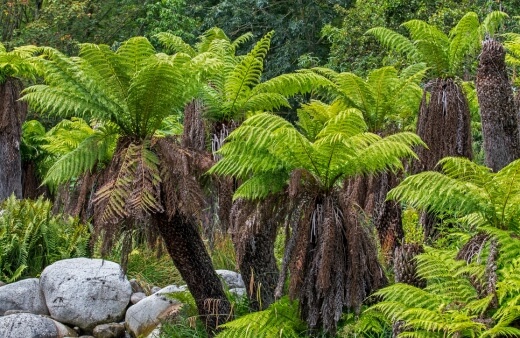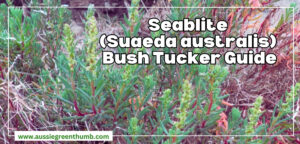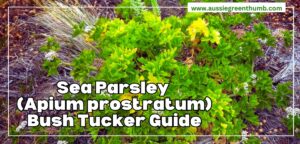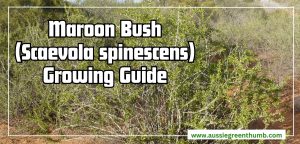Tree ferns tend to grow in tropical and subtropical environments, however luckily for gardeners across the world there are several cold-hardy species of the plants. Dicksonia antarctica is the most popular Australian ferns when it comes to gardening, landscaping, and decorating, as it is heartier than most types and fairly easy to grow even in temperate climates.
More...
Dicksonia antarctica also known as soft tree fern and man fern, is part of the family Dicksoniaceae. Its elegant fronds is perfect for spicing up landscaping and providing much-needed shade to smaller, more delicate plants.
Growing and caring for a Dicksonia antarctica takes some dedication because they will die if neglected.
How to Grow Dicksonia antarctica

Most tree ferns are sold with growing fronds. These lend themselves to much easier maintenance than bare trunks. Expect to pay by the metre of the trunk. Be sure to look for a healthy crown of new fronds, a disease-free plant that doesn’t exhibit spots or blotches on the fronds, a robust root system that is not loose in the container, and a desirable shape.
The fronds tend to grow in a symmetrical pattern making them the perfect accompaniment to a garden or even to be displayed as a potted plant. That’s why it is crucial to find a tree fern with healthy fronds.
In some cases, Dicksonia is grown from tree cuttings and is sold sans fronds. The trunks are cut off and re-rooted. When faced with a frond-less trunk, take a look at the specialised roots that hold the croziers, the curled up structures at the top of the fern that turn into fronds.
These roots, known as rhizomes, support the fronds. To ensure proper growth make sure the rhizomes are healthy and strong.
Planting Soft Tree Ferns
Find a spot that is relatively shady, preferably one that features dappled sunlight and is out of the path of the wind. The fronds can get sun burnt and therefore need protection from the elements. Plant Dicksonia in crumbly soil that is well-drained.
Mulching can help keep the soil drained and nutrient rich. If the soil is light and well-drained, dig a hole slightly larger than the trunk of the Dicksonia and line it with compost. Put the plant in the hole and fill it with soil.
If the soil is full of clay or very heavy, dig a hole that is twice the size of the tree fond container, line with compost, and plant. Be sure the crown is free and not covered in soil or rot will develop. The plant should be standing upright with a stable base. Sprinkle the soil with fertiliser.
Dicksonia antarctica Care Tips

Constant moisture is the most important factor in caring for a Dicksonia antarctica. The trunk and the crown need to be kept moist, especially in the heat. Wet the trunk and crown each time you water the tree fern.
Don’t over-water the roots. If the fronds develop brown or black spots this indicates that you should water it less. Water the man fern at root level once per week during the spring, summer, and fall.
Dicksonia tends to be dormant during the winter and therefore does not need to be watered as often. During the growing season, occasionally add fertiliser. If pests become a problem, be sure to use a half-strength spray, as tree ferns are sensitive to chemicals.
To help tree ferns survive the winter they need protection. At the start of the cold months, or if there is a forecast for frost, place a layer of straw down the centre of the plant, being sure to stuff the crown. Wrap the plant with protective material, such as bubble wrap to keep it warm.


Get Your Free Guide:
Master Growing Australian Natives eBook
A Must Have Complete Guide for Every Australian Garden
Get Your Free Guide:
Master Growing Australian Natives eBook
A Must Have Complete Guide for Every Australian Garden
Start Growing Dicksonia antarctica Today
With care and attention a tree fern can serve as a living work of art for your landscaping. Some types can grow to be over seven metres tall. Following guidelines for Dicksonia antarctica care can ensure that your plants flourish in any climate.
Published on May 3, 2023 by Lorri Hopkins
Last Updated on January 24, 2025




